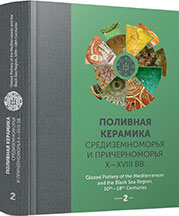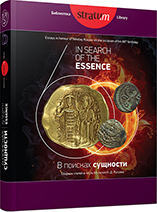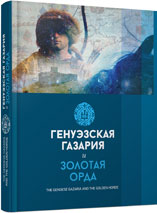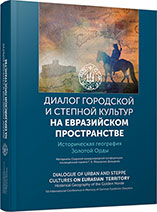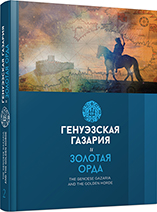
Локализация комплекса из урочища Гашун-Уста (Ставропольская губерния, 1890 г.) и выделение золотоордынских владений в Центральном Предкавказье
The article analyzes materials of the Kumo-Manych expedition, 1860—1861, that allow you to specify the localization of the Gashun-Usta stow on the territory of the Stavropol Governorate. In 1890, the expedition found a belt garniture and a belt-bowl, dated by Mengu-Timur’s time.The Gashun-Usta stow is localized in the vicinity of the Basanta village, Arzgirsky district, Stavropol region in the basin of the Chogray river (North-Eastern slopes of the Stavropol Upland), known for its numerous burials of the Golden Horde. It was the area for summer and winter pastures of the medieval nomads, and it can be associated with G. de Rubruk’s accounts on Bеrke’s encampments.
More...
